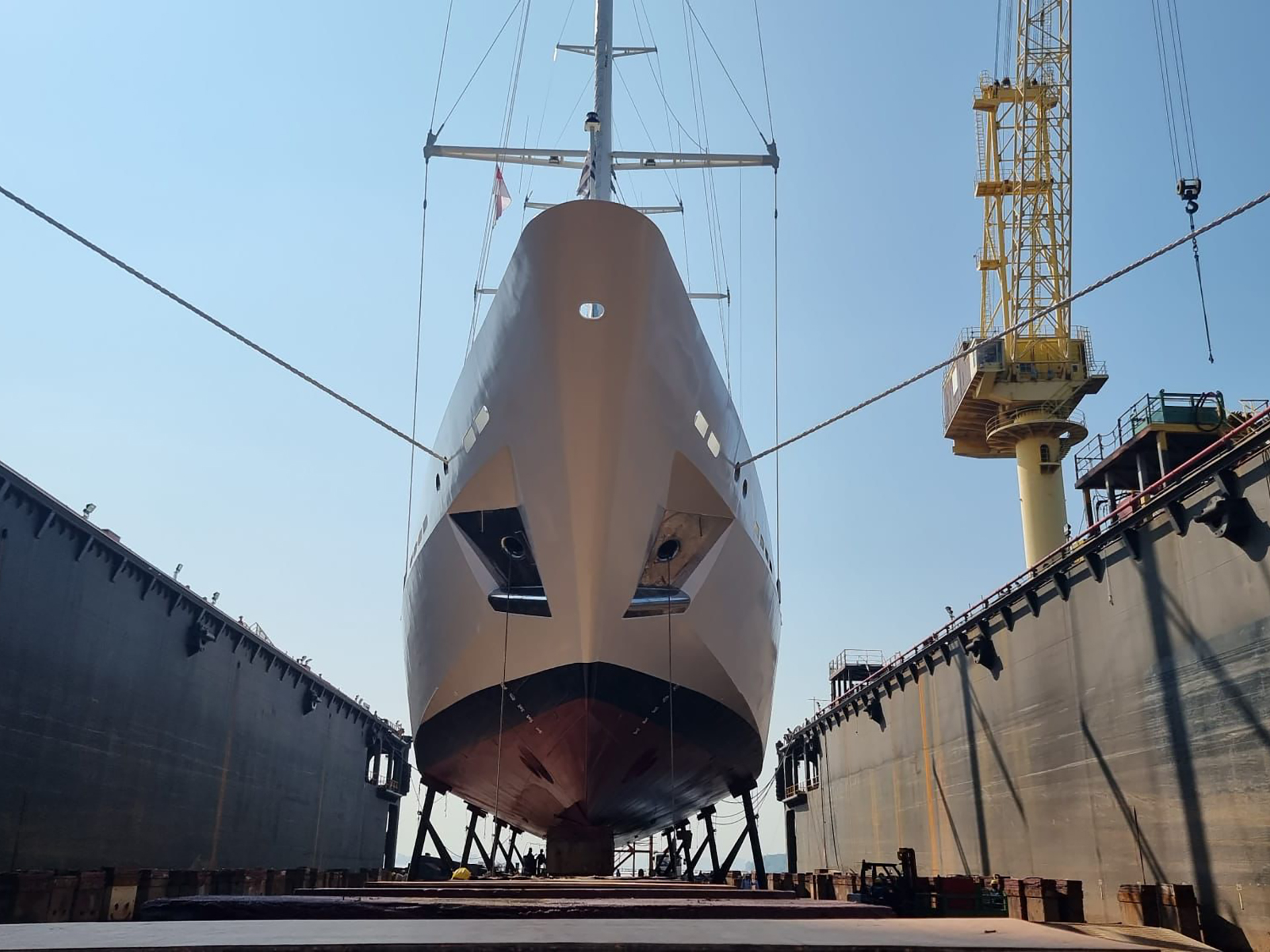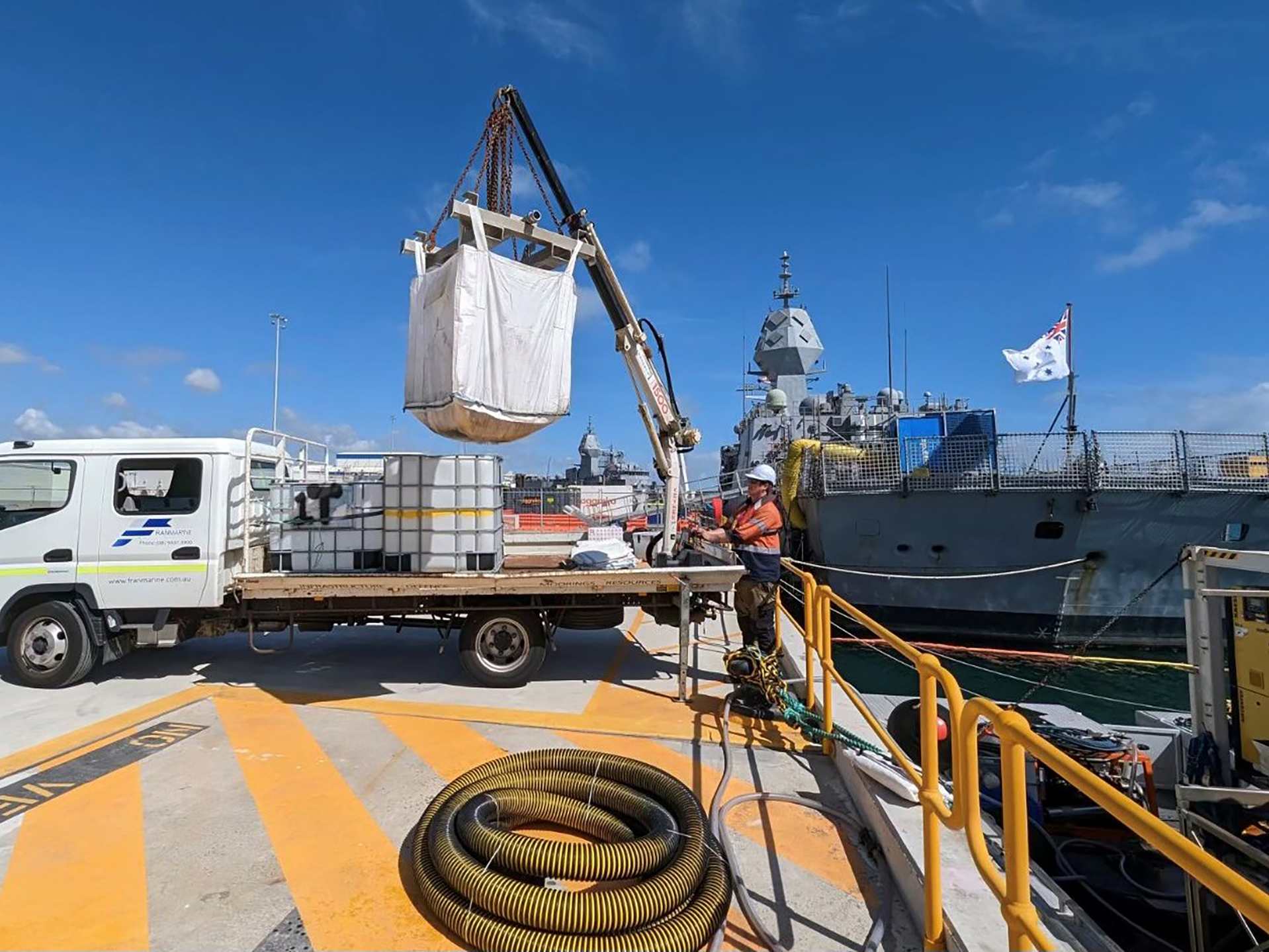The Importance of Biofouling Management: Why It Matters for Ships and Marine Structures
Biofouling—the accumulation of aquatic organisms on surfaces immersed in or exposed to an aquatic environment—poses a significant challenge in maritime operations. This complex issue affects ships, marine installations, and ports worldwide, impacting everything from fuel efficiency to ecological balance. In this article, we will explore why effective biofouling management is crucial not only for the operational efficiency of these structures but also for the marine environment at large.

Introduction
Biofouling refers to the undesirable accumulation of microorganisms, plants, algae, or animals on wetted surfaces. Despite its small scale, the impact of biofouling is profound, particularly on ships and marine structures. Such accumulation increases drag, reduces operational efficiency, and necessitates frequent maintenance. Effective biofouling management https://www.franmarine.com.au/biofouling-management/ is therefore not just a matter of cleaning; it is an essential practice that supports the longevity and functionality of marine assets.
Understanding the mechanisms behind biofouling starts with recognising the diverse range of organisms involved. These can vary from microscopic bacteria to larger organisms like barnacles and seaweeds. The rate of biofouling accumulation can be influenced by several factors including water temperature, salinity, the flow of water, and the type of material used on the submerged surfaces.
Economic Implications for Shipping Industries
The economic repercussions of biofouling are startling. Increased fuel consumption due to heightened drag can lead to significantly elevated operational costs. For instance, a heavily fouled ship hull might consume up to 40% more fuel compared to a clean one. This not only impacts the profitability of shipping companies but also contributes to heightened emissions of greenhouse gases and pollutants.
Moreover, frequent dry docking and cleaning operations to remove biofouling add further financial strain. The downtime and labour involved are substantial—which is why the industry is continually seeking more efficient and cost-effective solutions for managing biofouling.
Operational Efficiency and Maintenance
Operational efficiency in maritime contexts heavily hinges on maintaining the integrity and cleanliness of vessel hulls and other submerged structures. Biofouling can lead to a range of operational inefficiencies. It affects navigational capabilities, increases the risk of overheating by clogging cooling systems, and can compromise the structural integrity of the vessel.
Regular maintenance to combat biofouling is not only a preventive measure but also a corrective one. Advanced coatings and surface treatments have been developed to deter organisms from adhering to the hulls. However, the choice of coating must be made judiciously, as some antifouling paints contain substances that can be harmful to marine life.
Environmental and Ecological Considerations
Biofouling management is not solely an economic concern; it has profound environmental and ecological ramifications as well. Poor management practices can introduce non-native species to new environments, disrupting local ecosystems. Such biological invasions can lead to the extinction of native species and significant alterations to the habitat.
Sustainable practices in biofouling management are, therefore, imperative. These include the use of environmentally friendly antifouling technologies and adhering to best practices that prevent cross-contamination across different marine ecosystems.

Regulatory Framework and Compliance
Globally, the shipping industry is bound by regulations that mandate specific standards for biofouling management. The International Maritime Organization (IMO) offers guidelines intended to minimise the transfer of invasive aquatic species through biofouling. Compliance with these regulations is not just about adherence to the law; it's about contributing positively to marine conservation efforts.
National and international laws frequently update to reflect new scientific insights and technological advancements in biofouling management. Hence, continual training and adapting to new regulations are crucial for shipowners and operators to avoid financial penalties and operational disruptions.
Innovative Biofouling Management Strategies
In response to the biofouling challenge, significant strides have been made in developing innovative solutions that are both effective and environmentally responsible. These include ultrasonic anti-fouling technology, which prevents the growth of biofouling agents by emitting sounds waves that disrupt their ability to adhere to surfaces.
Biodegradable and non-toxic coatings are also gaining traction as a preferable alternative to traditional antifouling paints. Such innovations underscore the shift towards more sustainable maritime operations, balancing operational demands with ecological responsibility.
Case Studies and Real-World Applications
Several case studies illustrate the benefits of effective biofouling management strategies. For example, in Australia, FranMarine has successfully implemented comprehensive biofouling solutions that demonstrate significant fuel savings and reduced environmental impact for various clients. These examples serve not only to validate the methods but also to showcase the practical application of emerging technologies in real-world scenarios.
Staying ahead of biofouling does not merely enhance operational efficiency—it is crucial for sustainability in maritime industries. As these technologies and methods advance, they pave the way for more sustainable and economically feasible maritime operations, benefiting industries and ecosystems alike.
Effective biofouling management remains a pivotal component of maritime operations, reflecting its critical role in ensuring economic viability and environmental sustainability. By investing in better management practices, the maritime industry can significantly mitigate the adverse effects associated with biofouling.
This structured breakdown not only addresses the direct impacts of biofouling on various fronts—economic, operational, and environmental—but also delves into the evolving regulatory landscape and innovative solutions being adopted globally. With a focus on real-world applications and future-oriented strategies, the article highlights the multifaceted importance of managing biofouling effectively to ensure the sustainability and efficiency of maritime operations.
